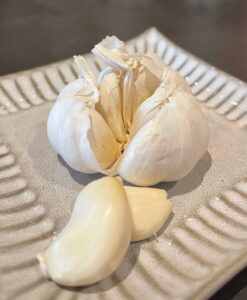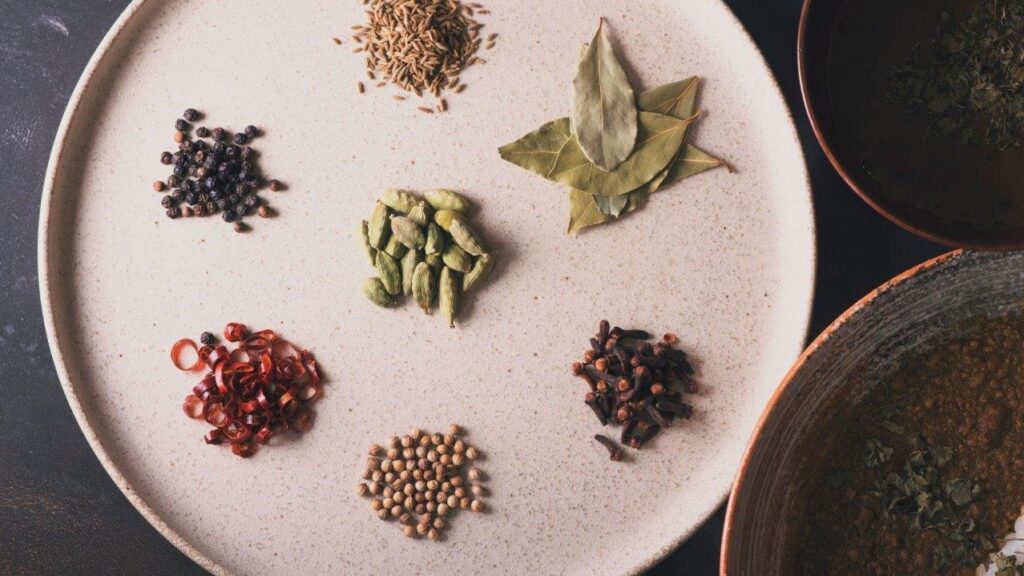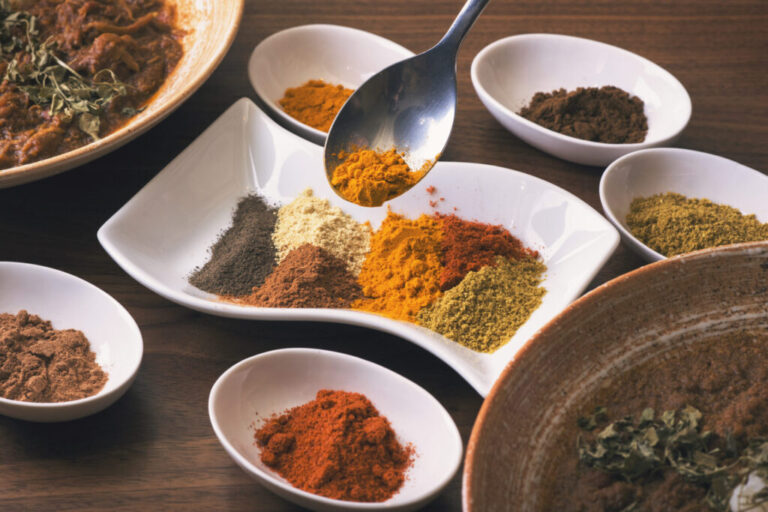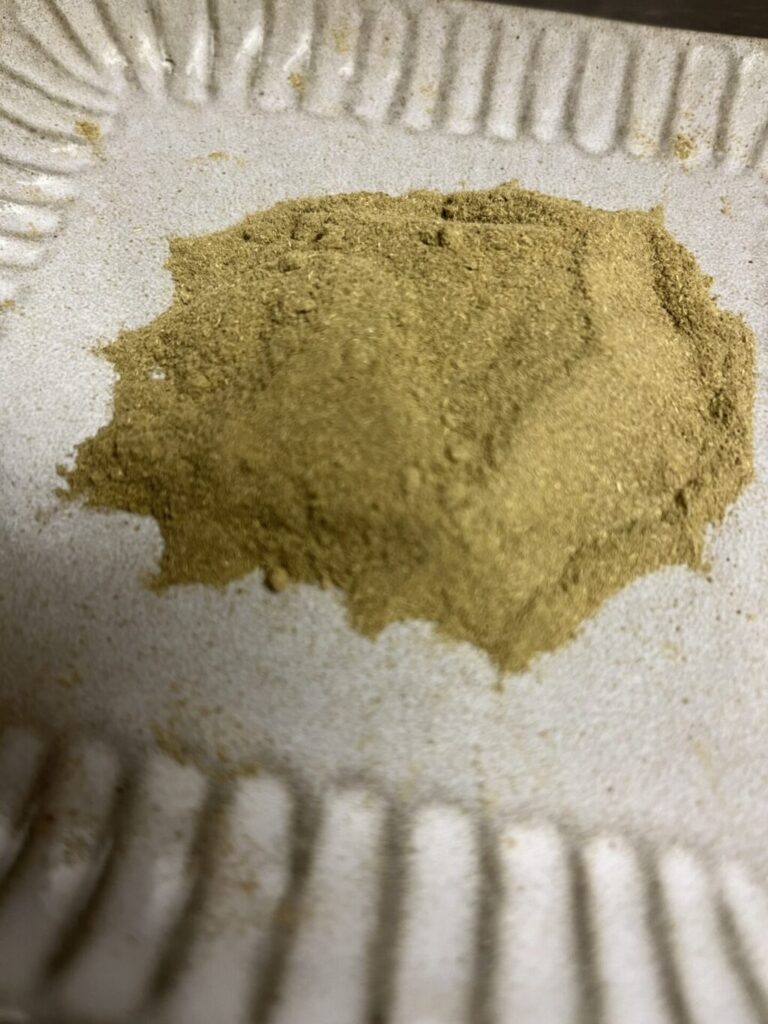 Garlic, both fresh and dried, has a pungent, tingling, pungent taste.
Garlic, both fresh and dried, has a pungent, tingling, pungent taste.
When cut, it produces an ingredient called allicin, which causes bad breath.
Heating breaks down the allicin, but creates a slightly less odorous component.
Recently, odorless garlic is also sold, but it is a type of green onion called “jumbo leek” just because of its similar shape.
History of Garlic
Garlic has a long history, first appearing in human history 3,750 BC.
A model was discovered in the tomb of an ancient Egyptian king, believed to have been built at that time.
Dried garlic was also found in the tomb of the famous Egyptian king Tutankhamen.
The workers engaged in the construction of the pyramids ate large quantities of garlic, onions, and radishes, and a large amount of silver coins were paid to purchase these three products.
So they have been eaten as a stamina food since those days! From ancient Egypt, it spread to ancient Rome and India, then to China and from there to Japan.
It was introduced to Japan in the Nara period (710-794), and the oldest description of garlic cultivation in Japan is found in the book “Honzo Karana. At that time, the smell was not to the liking of the Japanese, and garlic was eaten for medicinal purposes rather than for food.
Medicinal Effects of Garlic
Garlic has a variety of medicinal properties, some of which are introduced below.
(1) Relief from fatigue
Many people think of garlic as an anti-fatigue and tonic.
Vitamin B1 is essential for recovery from fatigue, and is called the “fatigue recovery vitamin” because it helps the enzymes necessary for carbohydrate metabolism to work and produce energy.
Water-soluble vitamins cannot be stored in the body, so the amount of vitamin B1 taken in excess of its requirement is eliminated from the body through urine and other means. However, when allicin, an ingredient contained in garlic, is combined with vitamin B1, it is converted into a fat-soluble substance called allithiamine, which works like vitamin B1 in the body while increasing the absorption rate.
(2) Promotes blood circulation
Allicin, the main component of garlic, dilates blood vessels and promotes blood circulation.
Vitamin E, which is abundantly contained in garlic, also dilates peripheral blood vessels.
Incorporating garlic into one’s daily diet can be expected to improve blood circulation and relieve cold hands and feet.
When heated, allicin changes into a sulfur compound and is believed to have a blood-thinning effect.
(3) Coldness-relieving
Garlic helps blood circulation, which is one of the main causes of coldness.
As a result, blood circulation is promoted, which can be expected to lead to the elimination of cold.
(4) Immunity enhancement
Allicin, which has been introduced earlier.
It also has a strong bactericidal effect. It protects the body from viruses and bacteria, and is also effective in preventing colds and other illnesses, thus helping to boost the immune system.
Although garlic has various medicinal benefits, there are, of course, some disadvantages.
Eating too much can cause symptoms such as abdominal pain, dizziness, anemia, and vomiting.
These symptoms are caused by a decrease in hemoglobin in the blood due to overeating.
Please observe the proper amount for a healthy body! (Approximate amount) It is said to be about 1 piece of raw and 4 pieces of cooked ones per day.
How to cook and store garlic, etc.
Garlic is an easy-to-use ingredient that enhances the flavor of many foods.
When cooked whole, it has a mild, nutty flavor, and cut garlic is more pungent and does not change when heated.
Just don’t burn it. It will taste bitter and sour.
In Europe, garlic is used widely, roasted with chicken or lamb, stewed in wine, pureed, blanched, or sautéed. In Asia, where per capita consumption is outstandingly high, it is used with ginger and chili, in stir-fries, curry pastes, and sambal. In Korea and Russia, they are sometimes pickled in oil or vinegar and eaten as pickles.
Finally.
The garlic introduced in this article.
It has been used as a medicine since the distant past, and is now used for various cooking purposes in many countries around the world. It is a spice with which we are very familiar, but it is interesting to look into its history.
The next item we will introduce is chili.
This spice has been around for thousands of years. Please look forward to it!







